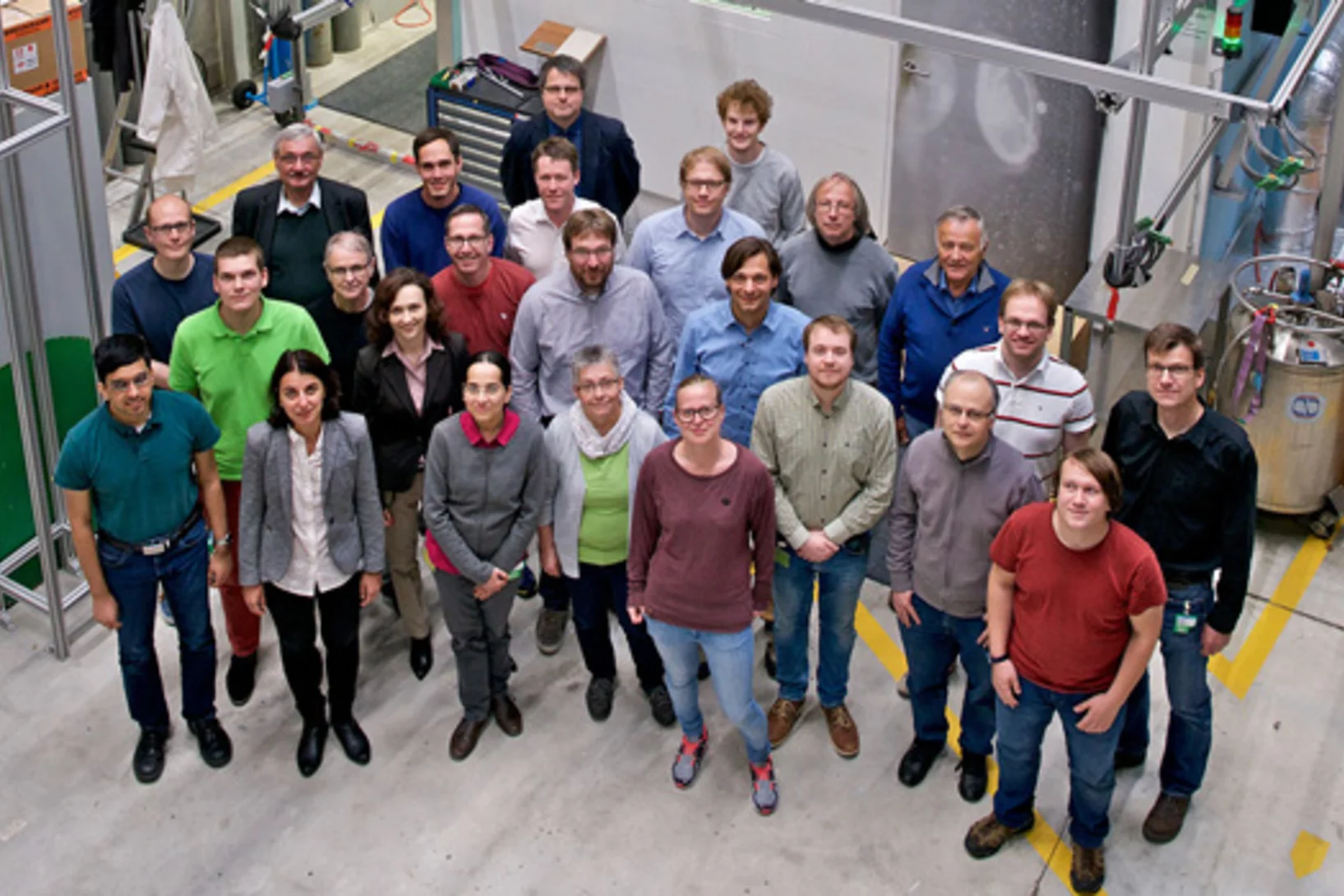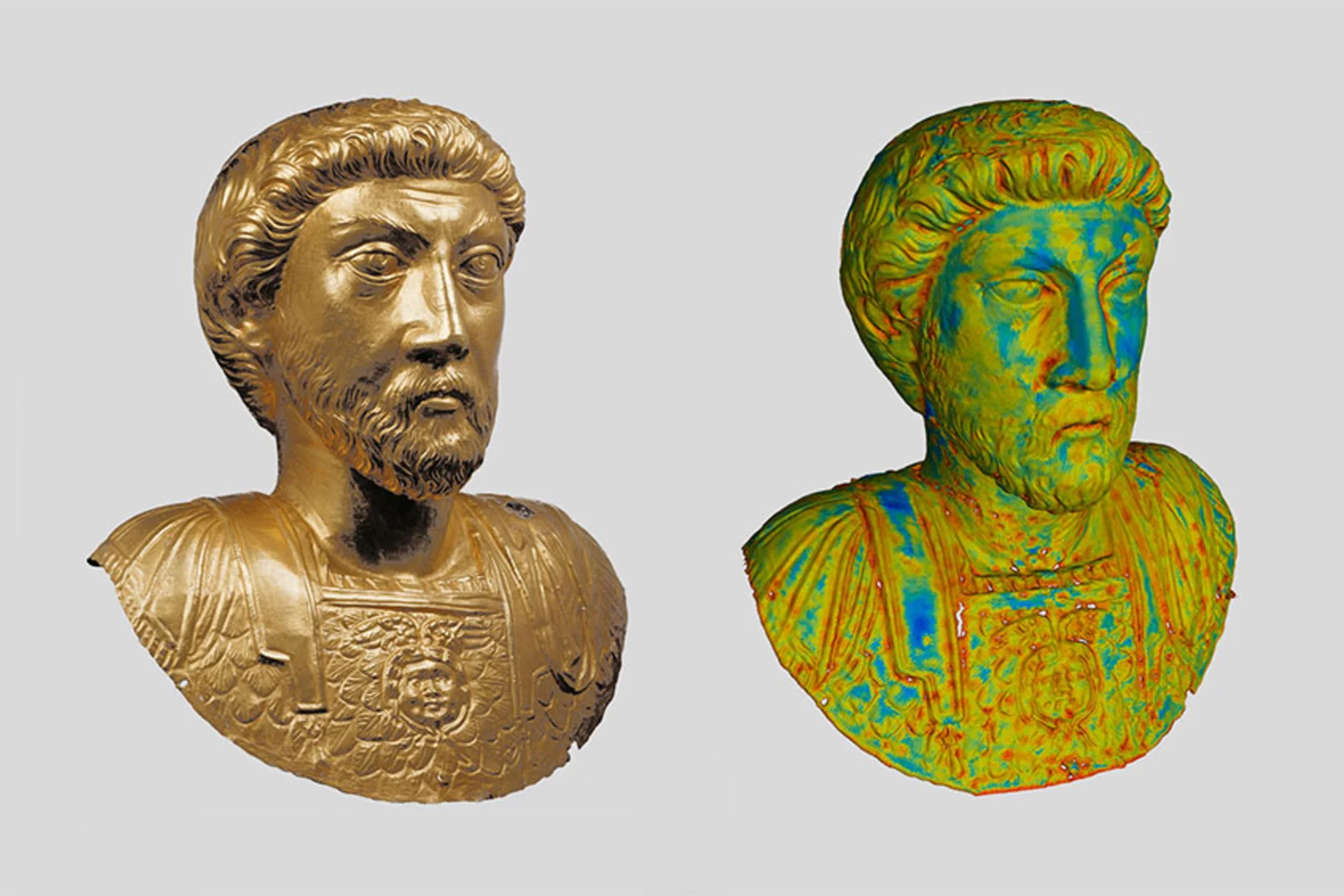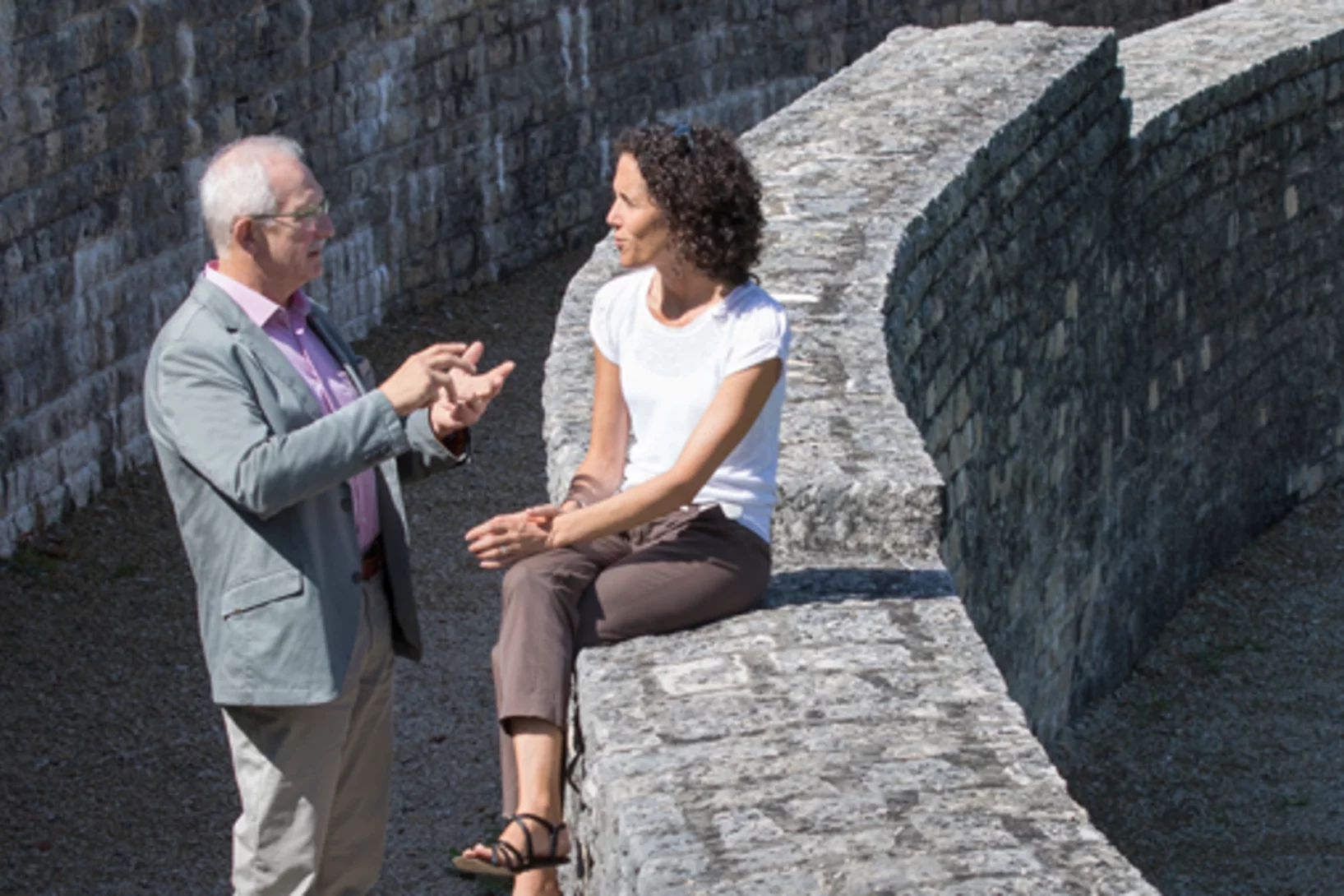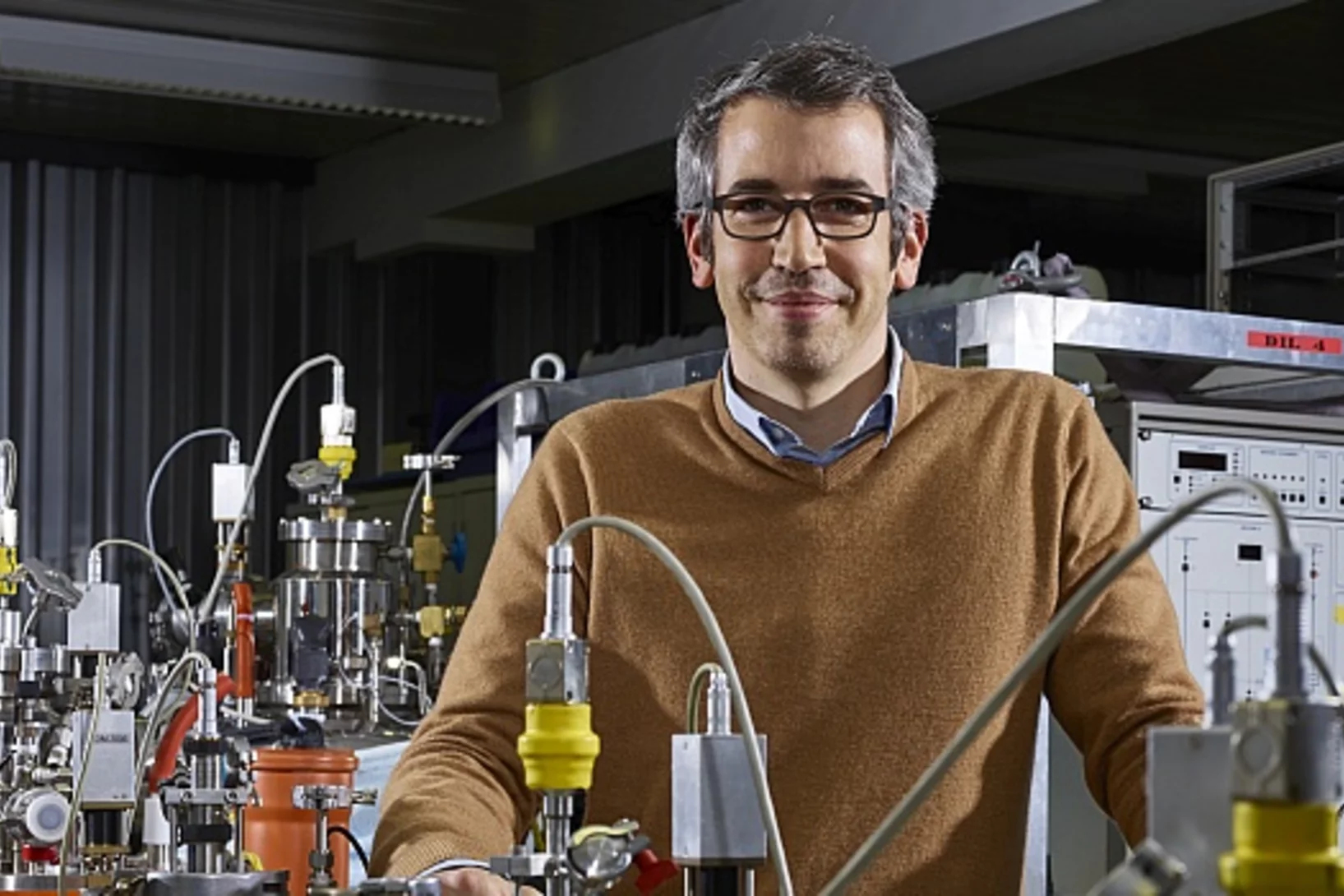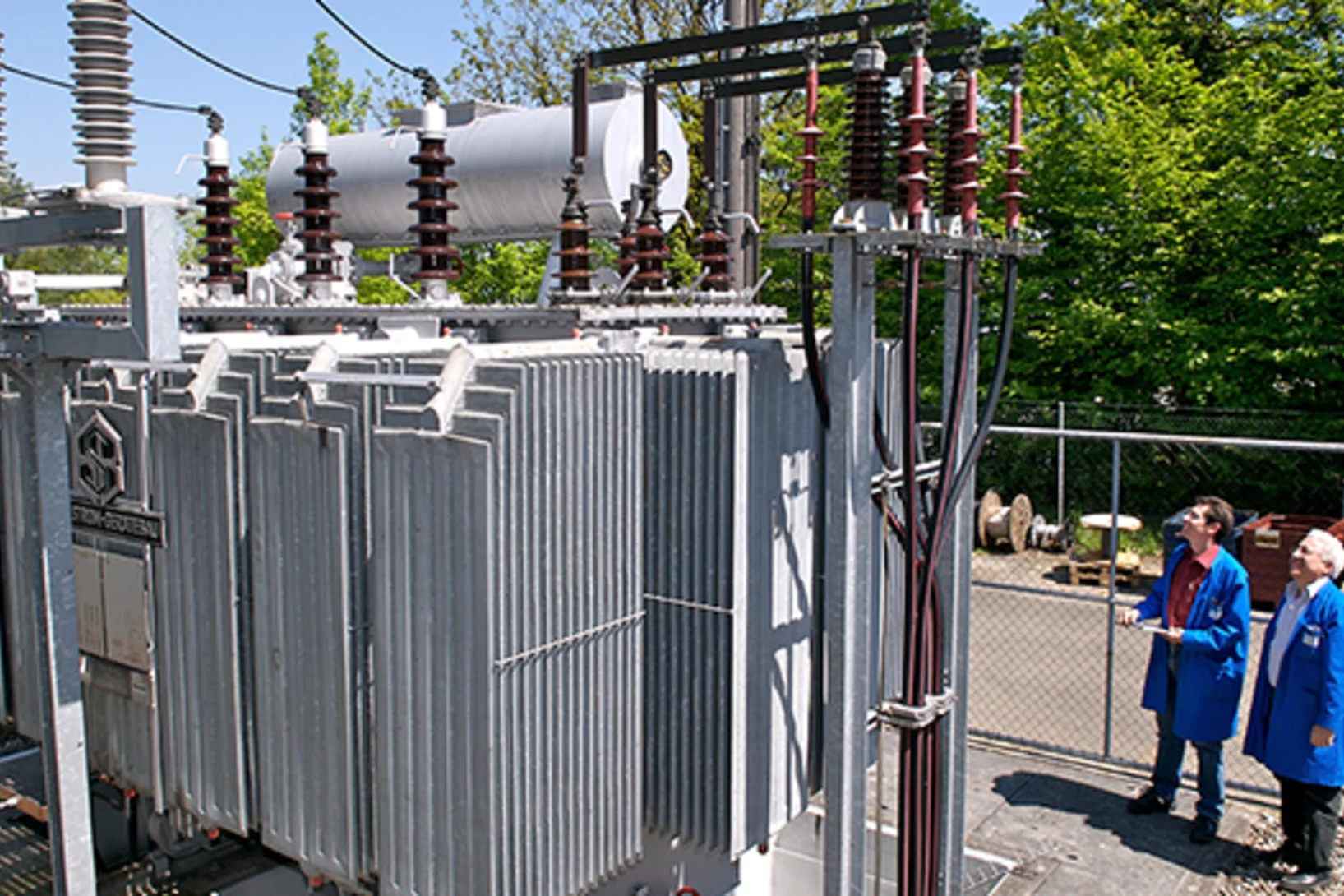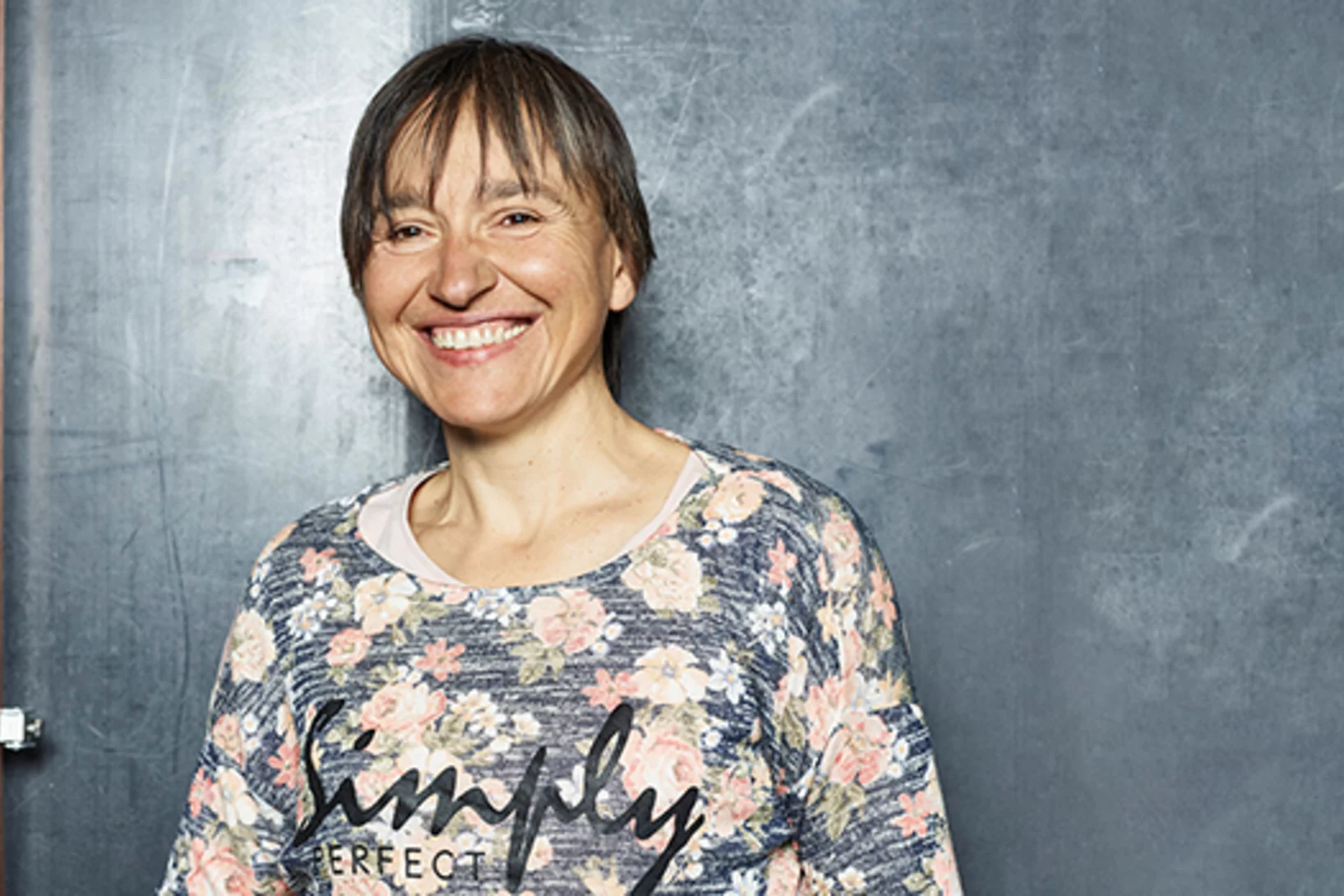SINQ
More than a prototype
Jean-Baptiste Mosset, winner of a Founder Fellowship at the Paul Scherrer Institute PSI, wants to commercialise a neutron detector to spot plutonium and uranium.
Still no sign of dark matter
No evidence of dark matter made of axions – result of an experiment at the Paul Scherrer Institute PSI further constrains theories about the nature of dark matter.
From golden emperor to filled Buddha
Ancient metal objects are illuminated by neutrons at the Paul Scherrer Institute PSI. This enables researchers to discover what is hidden inside them, how they were made and how they can be preserved.
X-ray and neutron imaging for palaeontologists and archaeologists
Federica Marone illuminates objects with high-intensity X-ray beams, Eberhard Lehmann with neutrons. Both have used their methods to give palaeontologists and archaeologists a new view into the past.
From the garage to the world
In 1999, PSI researchers founded the spin-off firm SwissNeutronics. Today the company has a staff of 15, sells high-precision components to research institutions all over the world, and still is based in the small town of Klingnau – not far from PSI.
Successful for 20 years: Probing materials with particles
Whether they study materials for the electronics of the future, batteries, or swords from the Bronze Age — for 20 years researchers from a range of disciplines have been using the Swiss Spallation Neutron Source SINQ of the Paul Scherrer Institute PSI for their investigations. At a symposium on 18 April, researchers looked back on the facility's successes and presented plans for modernisation.
Towards energy-saving data storage
A new material could become the basis for future data storage devices, since it may enable significant reductions in energy demands in comparison to present-day hard drives. It is a material from the class of so-called magnetoelectric multiferroics, exhibiting the necessary magnetic properties even at room temperature.
ERC funding of €2.4 million for research on fundamental interactions in magnets
Christian Rüegg has been awarded a prestigious Consolidator Grant from the European Research Council (ERC). With this funding he will continue to investigate how the smallest magnetic building blocks of matter interact.
En route to better transformers
Thanks to an ultramodern research method, scientists have successfully looked inside transformers and observed the magnetic domains at work in the interior of a transformer’s iron core. Transformers are indispensable in regulating electricity both in industry and in domestic households. The current research results show that the new examination method can be profitably applied to develop more efficient transformers.
Zebra - a new instrument for the PSI
Interview with Oksana ZaharkoNew scientific questions demand ever better experimental equipment. In this interview, PSI researcher Oksana Zaharko reports on the challenges of setting up a new instrument for research with neutrons.


